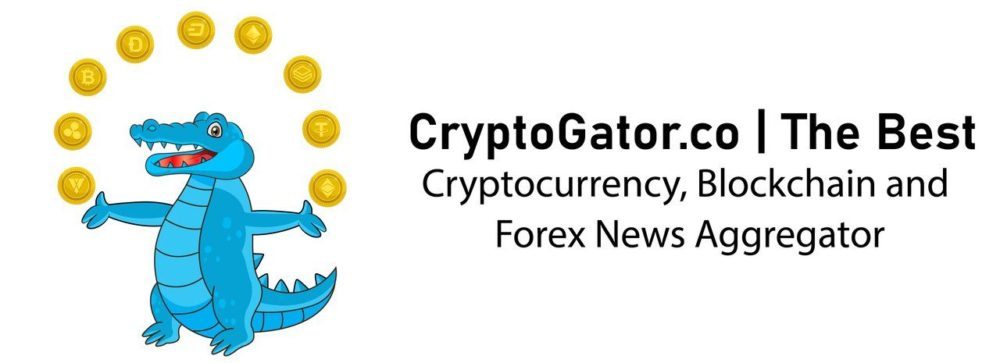Carbon DEX: An Update to the Bancor DAO & Community
Since the emergency shutdown of BNT Distribution in June, the number-one priority of numerous Bancor DAO contributors has been to generate protocol fees that can be used to lower the […]
 Crypto Gator | The Best Cryptocurrency, Blockchain and Forex News Aggregator
Crypto Gator | The Best Cryptocurrency, Blockchain and Forex News Aggregator
The Best Cryptocurrency, Blockchain and Forex News Aggregator
Since the emergency shutdown of BNT Distribution in June, the number-one priority of numerous Bancor DAO contributors has been to generate protocol fees that can be used to lower the […]
Since the emergency shutdown of BNT Distribution in June, the number-one priority of numerous Bancor DAO contributors has been to generate protocol fees that can be used to lower the protocol deficit in Bancor v2.1 and v3 and help restore reserves.A Bancor DAO contributor (Jen) has posted an update to the Bancor DAO regarding the recent announcement of Carbon and the role it can play in the continued recovery of Bancor v2.1 and v3 reserves, while charting a promising path forward for the Bancor DAO.TLDR;Carbon is a groundbreaking new AMM developed by Bancor DAO contributors.Carbon has flexible fees that can be collected when operations are performed by its users, such as users trading “spot” against Carbon AMMs or executing automated trading strategies on Carbon.The Bancor DAO controls the activation and destination of fees collected by the Carbon protocol.Pending DAO approval, Carbon can generate fees used to reduce or entirely eliminate the deficit in Bancor v2.1 and v3.Coding on Carbon is underway, a provisional patent has been filed, and the protocol is expected to ship significantly faster than Bancor v2.1 and v3.In her post, Jen gives more background on how Carbon came to be:“While researching a possible dynamic fee structure to apply to Bancor v3, a novel discovery was made. In short, all AMMs today are implemented using a single ‘bonding curve’ that defines the buying and selling of an asset in both directions. In recent months, we uncovered a new way to implement on-chain liquidity where individual liquidity positions can be simultaneously governed by two distinct bonding curves, one for buying and one for selling. Each curve executes orders in one direction, irreversibly, and can be updated in a highly gas-efficient manner. This one-way, adjustable, concentrated liquidity structure gives users an unprecedented level of precision to personalize novel on-chain trading and market-making strategies. It also fundamentally changes the status quo in existing AMMs: There is no impermanent loss in Carbon, in the sense that each strategy is not a buy-and-hold liquidity position, but rather the expression of a particular trading view.”Jen continues:“While Carbon is functionally separate from previous versions of Bancor protocol, the protocol will be governed by the Bancor DAO and utilize the BNT token. Unlike previous Bancor versions, Carbon requires no BNT minting to achieve its novel features. Pending DAO approval, Carbon will generate protocol-earned fees that can be used to lower the deficit on Bancor v2.1 and v3, for example via BNT buybacks and burning. Personally, I will be advocating for the majority (if not all) of Carbon’s protocol-earned fees to be used to restore reserves in Bancor v2.1 and v3.”Jen adds that Carbon is just one of a number of efforts aimed at lowering the deficit, including Almanak’s ongoing fee recommendations, the recent migration of POL and the “Fast Lane” arbitrage proof of concept 4.Read Jen’s entire post on Discourse.Feel free to post in the Discourse comments any questions or feedback on the proposed path forward.More resources on Carbon, the first of many products to release under the Bancor umbrella:Carbon Medium: “Introducing Carbon — Automated Flexible Trading Strategies”Carbon LitepaperCarbon WhitepaperCarbon SimulatorCarbon DEX Spaces #1: Top TakeawaysCarbon DEX: An Update to the Bancor DAO & Community was originally published in Bancor on Medium, where people are continuing the conversation by highlighting and responding to this story.